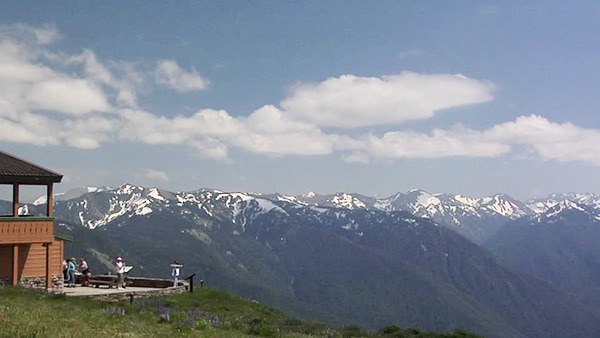Snowpack conditions across Washington mountains are near record low levels, prompting Gov. Jay Inslee on May 15 to declare a drought emergency for three key regions.
The declaration comes after the governor’s Emergency Water Executive Committee determined that 48 of 62 watersheds in Washington have water supplies of 75 percent of normal or below and water users are experiencing hardships from water shortages or are expected to experience hardships.
Watersheds on the Olympic Peninsula, the east side of the central Cascade Mountains including Yakima and Wenatchee, and the Walla Walla region will be hit hardest with drought conditions.
Snowpack is a mere 7 percent of normal in the Olympic Mountains. It ranges from 8 to 45 percent of normal across the Cascades and is 67 percent of normal in the Walla Walla region.
“We can’t wait any longer, we have to prepare now for drought conditions that are in store for much of the state,” said Inslee. “Snowpack is at record lows and we have farms, vital agricultural regions, communities and fish that are going to need our support.”
An unusually warm winter has caused much of the precipitation to fall as rain, leaving mountain snowpack a fraction of normal. And a healthy snowpack is what would slowly feed rivers across the state and sustains farms and fish through the drier summer months.
“We’ve been monitoring the snow conditions for months now, hoping for a late-season recovery,” said Washington Department of Ecology Director Maia Bellon. “Now we’re gearing up to help provide relief wherever we can when the time comes. Hardships are on the horizon and we’re going to be ready.”
Short and long-range weather forecasts are not expected to bring relief, calling for warmer and drier weather.
With snowpack statewide averaging 27 percent of normal, 34 of the state’s 62 watersheds are expected to receive less than 75 percent of their normal water supplies.
Ecology has requested $9 million in drought relief from the Legislature. The money would pay for agricultural and fisheries projects, emergency water-right permits, changes to existing water rights and grant water-right transfers.
For now, water suppliers in the Seattle, Tacoma and Everett areas are in decent shape and are not projecting much hardship.
To track snow and watershed totals, Ecology is posting daily updates to its drought website – www.ecy.wa.gov/drought and providing routine updates on Facebook and Twitter – search @ecologywa or #wadrought.
Snowpack is like a frozen reservoir for river basins, in a typical year accumulating over the winter and slowly melting through the spring and summer providing a water supply for rivers and streams. This year run-off from snowmelt for the period April-September is projected to be the lowest on record in the past 64 years.



